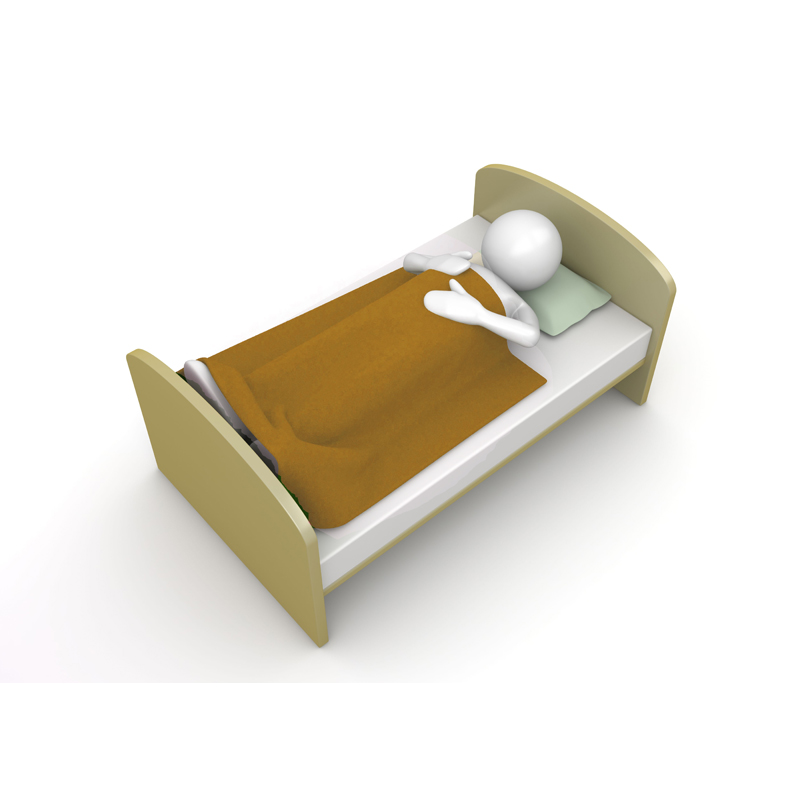
What is it?
Many factors will influence the final outcome, the main one being the time elapsed between the vasectomy and the vasovasostomy. There are other options to this procedure, like direct retrieval of sperm cells for the testicles, insemination with donor sperm, or even adoption, but vasovasostomy remains the procedure of choice for procreation after vasectomy. These can all be discussed prior with your urologist.
How is the surgery performed?
During this complex intervention performed with a microscope, both ends of the tube are then identified and connected together with microscopic sutures and the incision closed. Although very rare, it is sometimes impossible to join the ends together. Rapidly resorbable stitches will be used to close the small incision and a transparent liquid bandage applied over them. The same procedure is applied to either side. The stitches will start to go away in 7 to 10 days. The surgery usually takes between sixty to ninety minutes to complete and there is generally no need for any recovery period at the office. Wearing tight underwear after will help in reducing discomfort. You will be able to leave the office quickly by your own means. Although you may wish to be accompanied it is not obligatory. You may take a shower 24hrs after.


Is it painful?
What do I need to do before the intervention?


What are the risks of a vasectomy reversal?
After the procedure:
Note that even if sperm cells are present within the sperm, this does not guarantee a pregnancy.
Many couples have been able to achieve pregnancy after a vasovasostomy, even after more than 10 years after the vasectomy.

Contact-us
Phone
Address
1660, 3E AV, VAL-D’OR, Québec J9P 1W1
